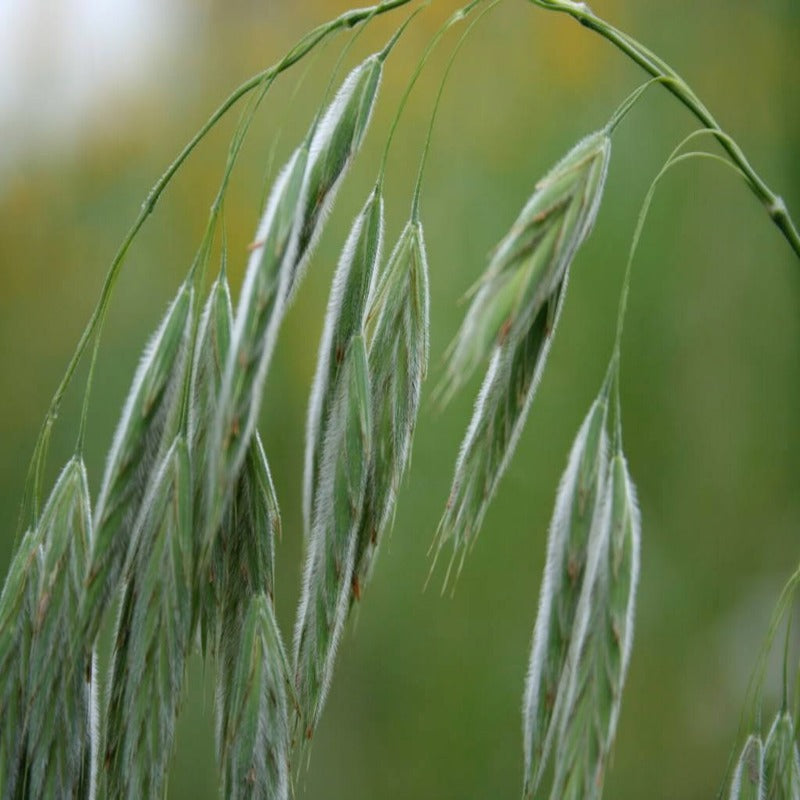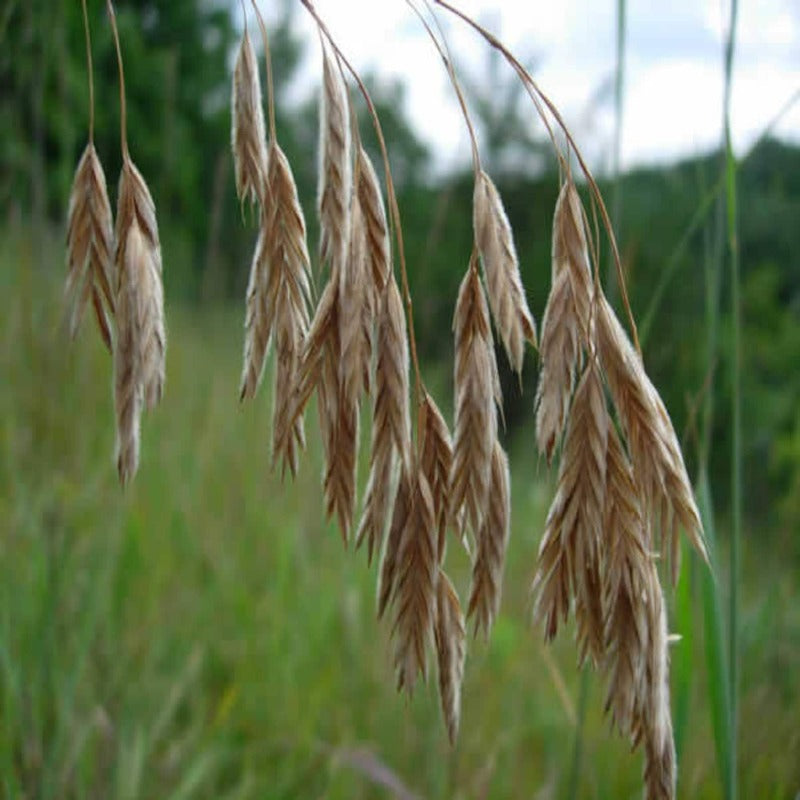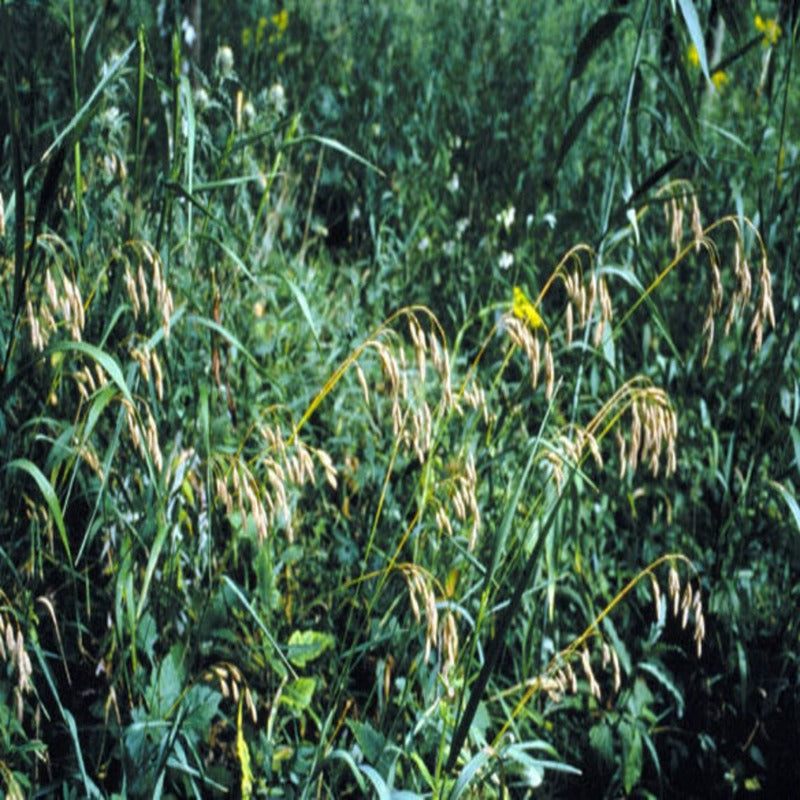- Historical context: Bromus kalmii, commonly known as Kalm's brome, is a species of brome grass native to North America. It was named in honor of the Swedish botanist Pehr Kalm, who was a student of Carl Linnaeus and conducted extensive botanical explorations in North America during the 18th century.
- Geographical origination: This species is primarily found in the central and eastern regions of North America, including parts of Canada and the United States.
- Relevant cultural significance: While not widely known for cultural significance, Bromus kalmii plays an important role in native prairie ecosystems and is valued for its ecological contributions.
- Time period of discovery: The species was first described in the 18th century during the botanical explorations of Pehr Kalm.
- Original habitat: Bromus kalmii typically grows in prairies, open woodlands, and along roadsides. It thrives in well-drained soils and is often found in areas with moderate moisture levels.
- Notable historical uses: Historically, Bromus kalmii has been used primarily for ornamental purposes in landscaping and for ecological restoration projects due to its adaptability and aesthetic appeal.
- Ideal temperature range: Bromus kalmii prefers temperate climates with moderate temperatures ranging from 60°F to 75°F (15°C to 24°C).
- Soil type: This grass thrives in well-drained soils, including sandy, loamy, and clay soils. It can tolerate a range of soil pH levels but prefers slightly acidic to neutral conditions.
- Sunlight requirements: Bromus kalmii grows best in full sun to partial shade. It requires at least 6 hours of direct sunlight per day for optimal growth.
- Watering needs: Moderate watering is required. The soil should be kept consistently moist but not waterlogged. It is drought-tolerant once established.
- Planting season: The best time to plant Bromus kalmii seeds is in the spring or early fall when temperatures are mild.
- Germination time: Seeds typically germinate within 10 to 21 days under optimal conditions.
- Growth cycle duration: Bromus kalmii is a perennial grass, meaning it will grow and return year after year. It reaches maturity within one growing season.
- Common pests and diseases: This species is relatively resistant to pests and diseases. However, it can occasionally be affected by rust, smut, and leaf spot diseases.
- Companion planting advice: Bromus kalmii can be planted alongside other native prairie grasses and wildflowers. It pairs well with species like little bluestem, switchgrass, and coneflowers.
- Common challenges and solutions: One common challenge is ensuring proper soil drainage to prevent root rot. Additionally, young plants may require protection from grazing animals. Mulching can help retain soil moisture and suppress weeds.
- Nutritional values: As an ornamental grass, Bromus kalmii is not typically consumed for its nutritional value.
- Health benefits: There are no known direct health benefits associated with Bromus kalmii.
- Culinary uses: Bromus kalmii is not used in culinary applications.
- Medicinal uses: There are no known medicinal uses for Bromus kalmii.
- Other unique advantages: Ecological Benefits: Bromus kalmii provides habitat and food for various wildlife species, including birds and insects. It also helps prevent soil erosion and contributes to the biodiversity of prairie ecosystems.
Ornamental Value: Its attractive foliage and seed heads make it a popular choice for ornamental landscaping and garden design.
Low Maintenance: Once established, Bromus kalmii requires minimal maintenance, making it an excellent choice for sustainable and low-maintenance landscapes.








